These devices can help them recover quickly after falls, providing astronauts with extra strength and flexibility in harsh environments.
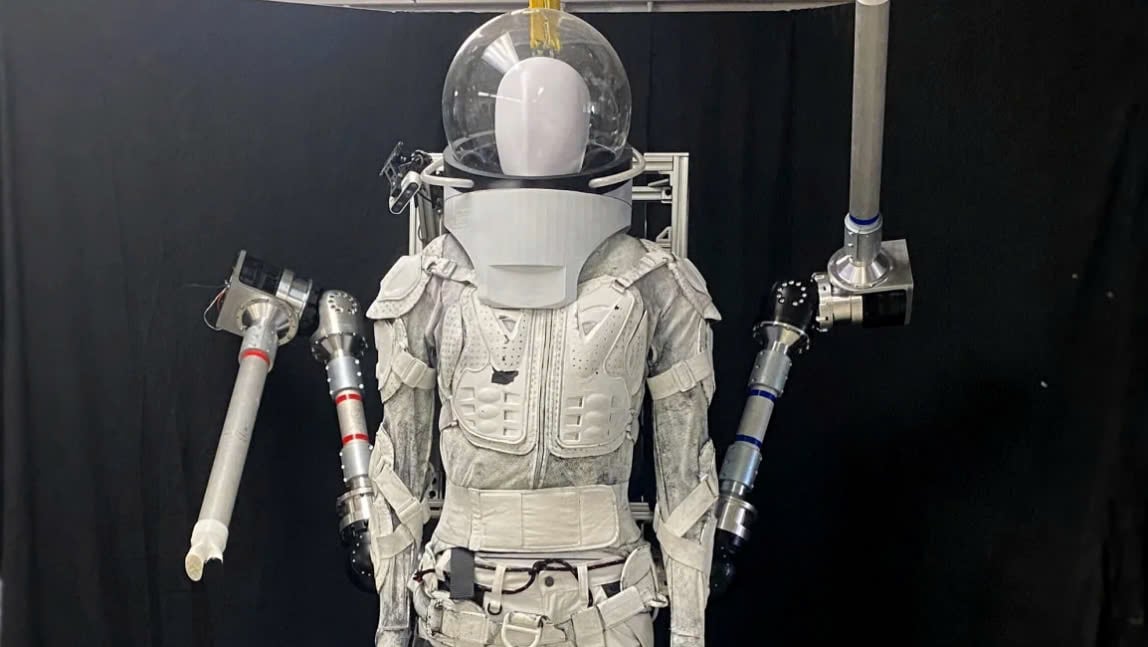
The SuperLimbs project is being developed at MIT. Photo: Kalind Carpenter/Preston Rogers/Mirza Samnani
SuperLimbs - smart assistive technology integrated into the backpack - will be a powerful companion for astronauts. When they fall, the robotic "arms" will automatically deploy, helping them stand up easily, saving energy for more important tasks.
This is especially important in the Moon's gravity environment, where balance is more difficult. According to data from the University of Michigan, the 12 Apollo astronauts fell 27 times and had 21 near-falls during the mission.
When astronaut Charlie Duke fell on the Moon in 1972, it took him three tries to get up. Research shows that falls often occur when astronauts perform tasks like collecting samples or using tools.
In NASA's Artemis program to return humans to the Moon, astronauts will perform many similar tasks, and assistive technology like SuperLimbs will help them stand up more easily and increase safety during lunar exploration missions.
SuperLimbs, a project developed nearly a decade ago by MIT professor Harry Asada, is being adapted for astronauts. Erik Ballesteros, a PhD student at MIT, spent the summer at NASA's Jet Propulsion Laboratory studying the system. He said SuperLimbs needs further refinement, but hopes to demonstrate its ability to help a mannequin stand up from a prone position next January.
X
Video : Astronaut Charlie Duke on the Apollo 16 mission in 1972 tries to stand up after falling. (Source: NASA)
However, developing this technology also faces many challenges, especially in the harsh environment of space. Dr. Jonathan Clark, an expert in the field of space medicine, warned that factors such as temperature, dirt and radiation could increase the cost and time to approve the technology for use in outer space.
Dr Jonathan Clark stressed that the pace of innovation in space technology today is impressive, turning science fiction into reality now takes just a few years, whereas in the past it could take decades.
They could help reduce energy costs when astronauts stand up, but could also add weight and cost more energy, said Ana Diaz Artiles, an aerospace engineering expert at Texas A&M.
She also noted that moon dust is “super toxic” and that rolling to get up could be harmful to astronauts. SuperLimbs could help mitigate this problem, noting that the robot’s “hands” are “really cool and useful.”
The record for the longest moonwalk is held by the Apollo 17 crew, which lasted seven hours and 37 minutes. Meanwhile, the Artemis mission – involving astronauts from several countries, including Japan – is expected to last up to a week. So they have to learn to live and work away from Earth, preparing for future expeditions to Mars.
In addition, China also has its own plan to go to the Moon by 2030, with the goal of building a research station.
Ha Trang (according to CNN)
Source: https://www.congluan.vn/bo-do-robot-moi-co-the-giup-phi-hanh-gia-dung-day-sau-khi-nga-post316845.html



![[Photo] Flooding on the right side of the gate, entrance to Hue Citadel](https://vphoto.vietnam.vn/thumb/1200x675/vietnam/resource/IMAGE/2025/10/28/1761660788143_ndo_br_gen-h-z7165069467254-74c71c36d0cb396744b678cec80552f0-2-jpg.webp)
![[Photo] National Assembly Chairman Tran Thanh Man received a delegation of the Social Democratic Party of Germany](https://vphoto.vietnam.vn/thumb/1200x675/vietnam/resource/IMAGE/2025/10/28/1761652150406_ndo_br_cover-3345-jpg.webp)
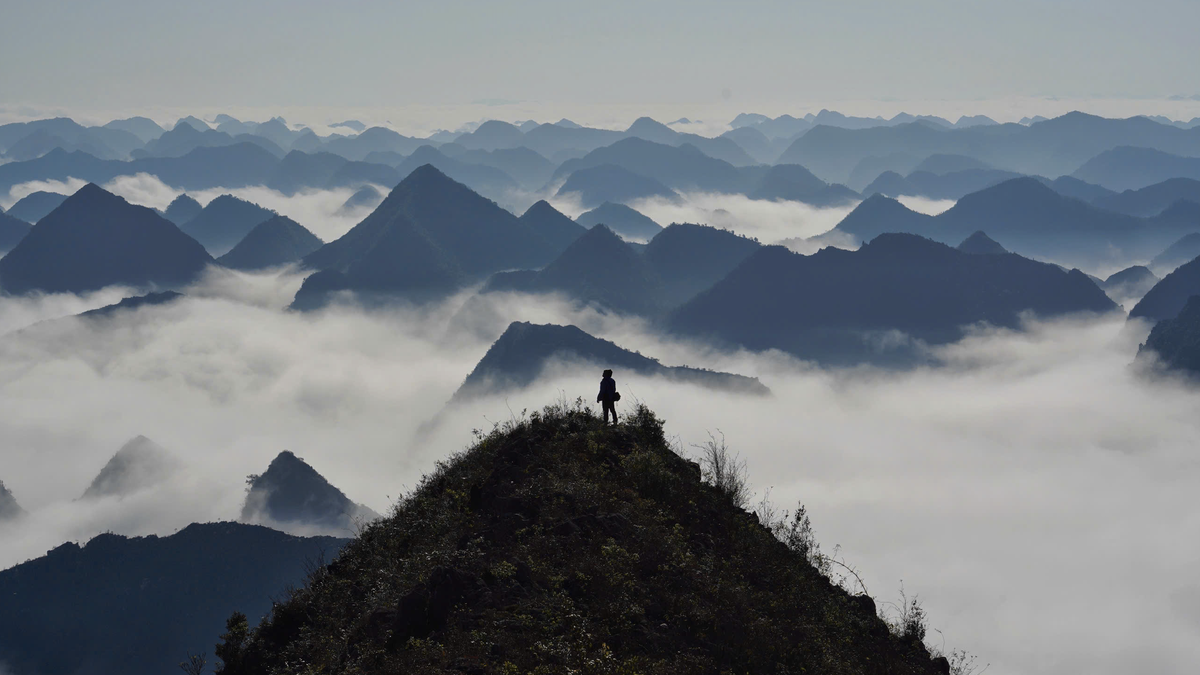
![[Photo] Prime Minister Pham Minh Chinh chaired a meeting to discuss solutions to overcome the consequences of floods in the central provinces.](https://vphoto.vietnam.vn/thumb/1200x675/vietnam/resource/IMAGE/2025/10/29/1761716305524_dsc-7735-jpg.webp)





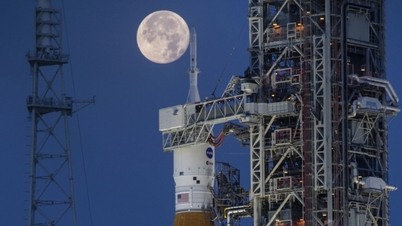


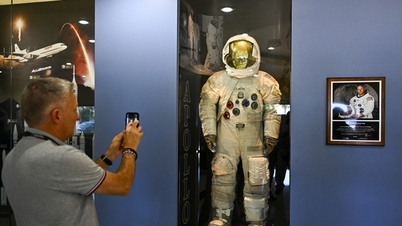
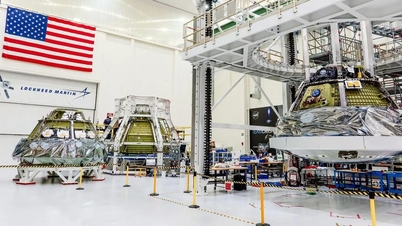


















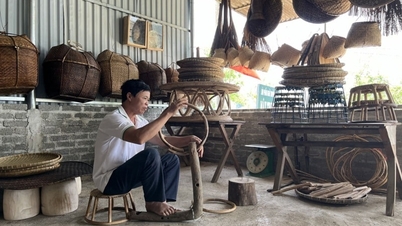
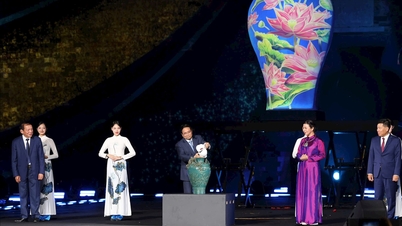

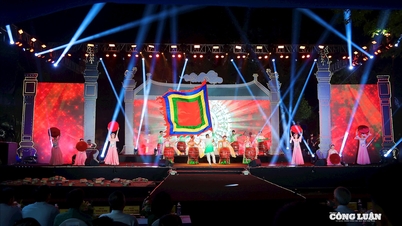
![[Photo] Draft documents of the 14th Party Congress reach people at the Commune Cultural Post Offices](https://vphoto.vietnam.vn/thumb/1200x675/vietnam/resource/IMAGE/2025/10/28/1761642182616_du-thao-tai-tinh-hung-yen-4070-5235-jpg.webp)
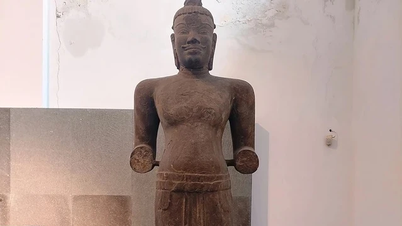
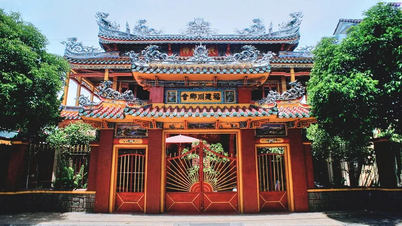

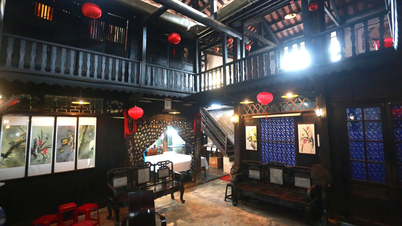



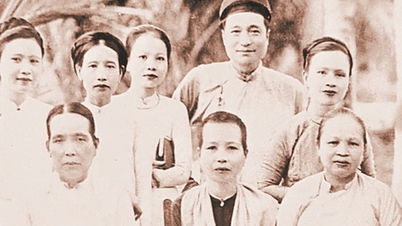


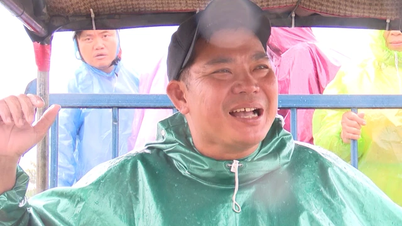
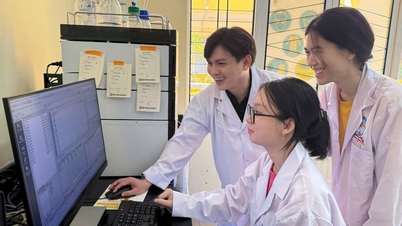

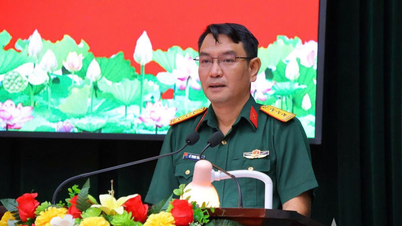

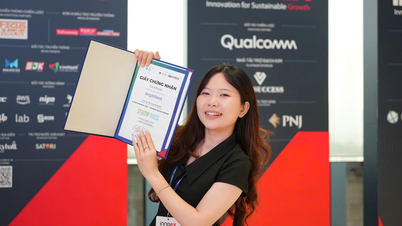
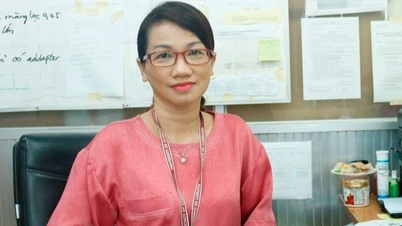
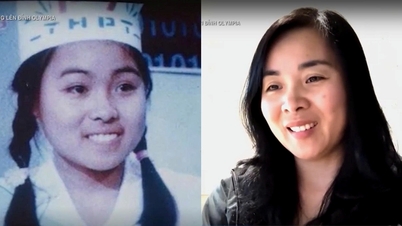


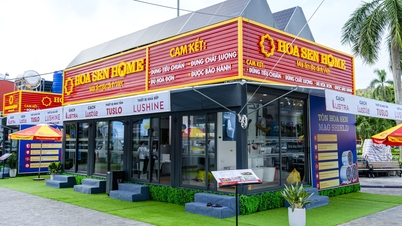
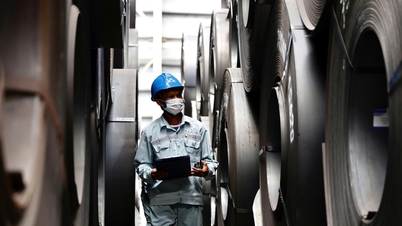
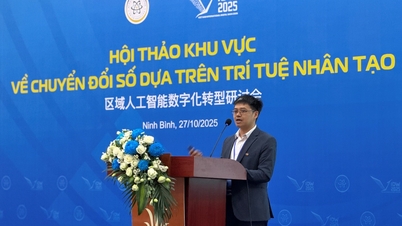

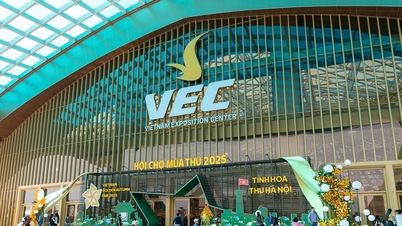

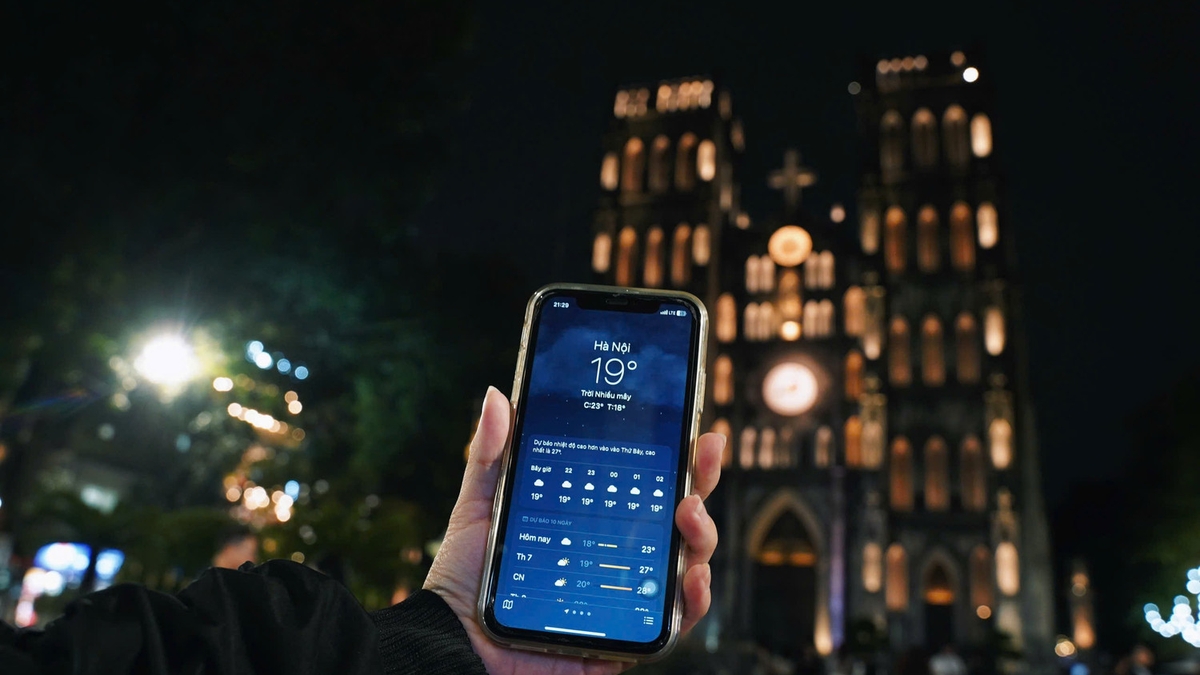


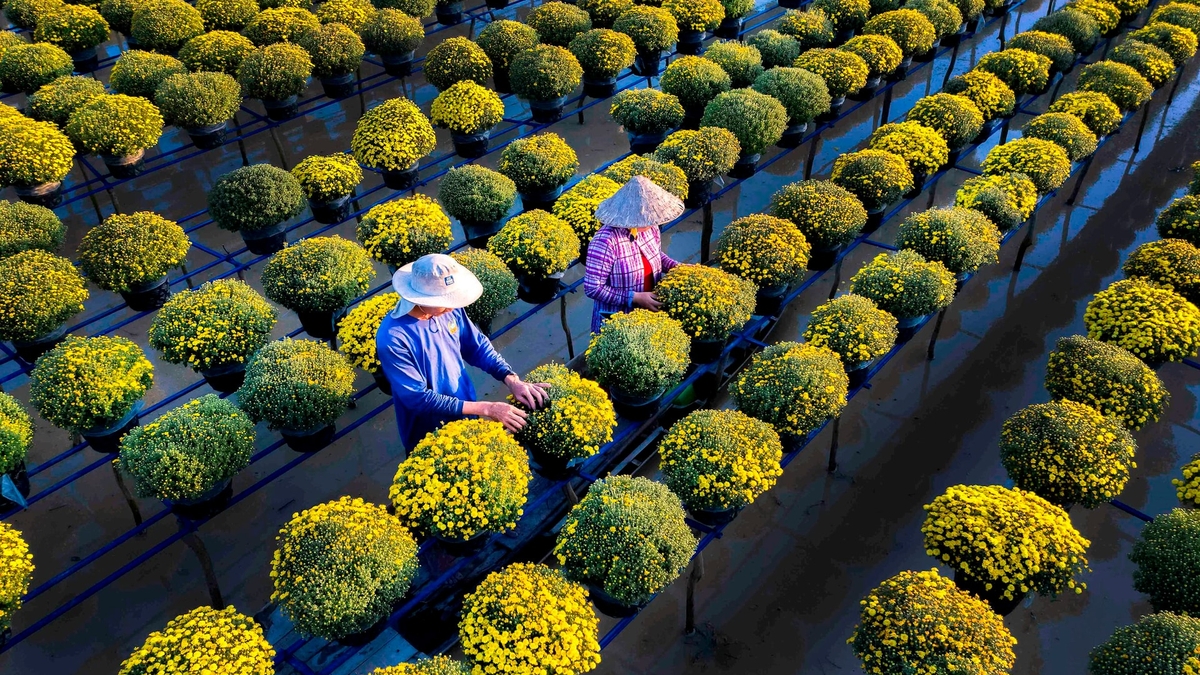



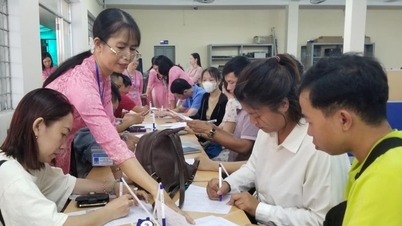
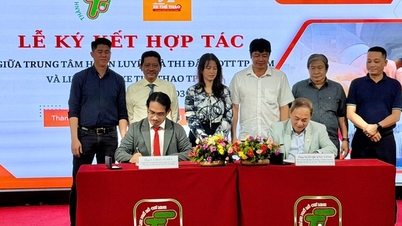

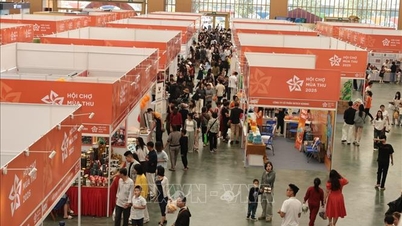
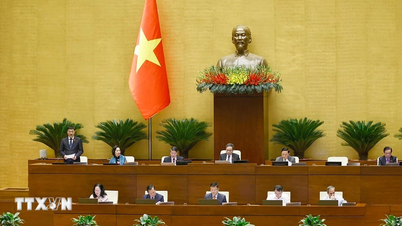
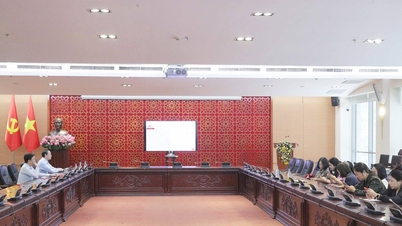
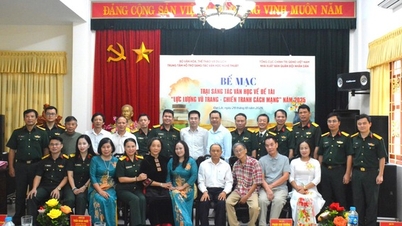



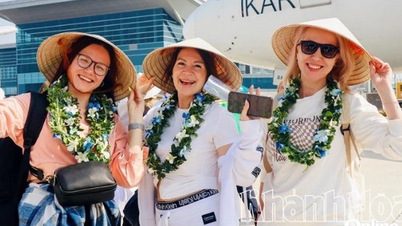
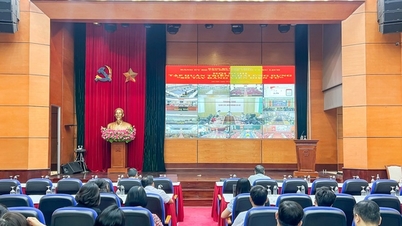

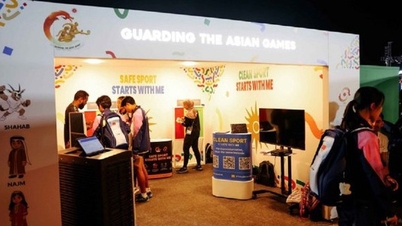



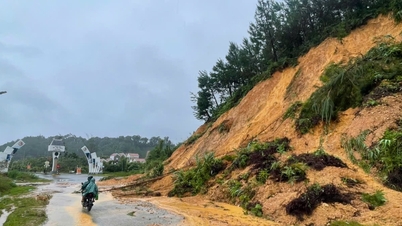

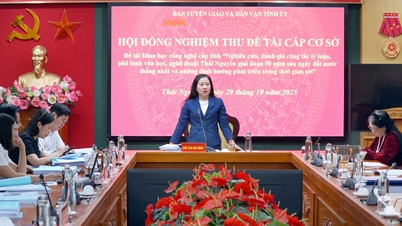



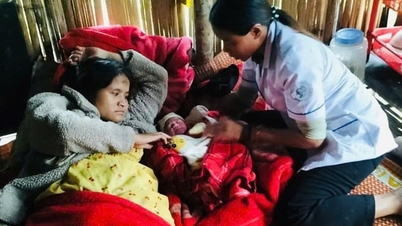















Comment (0)